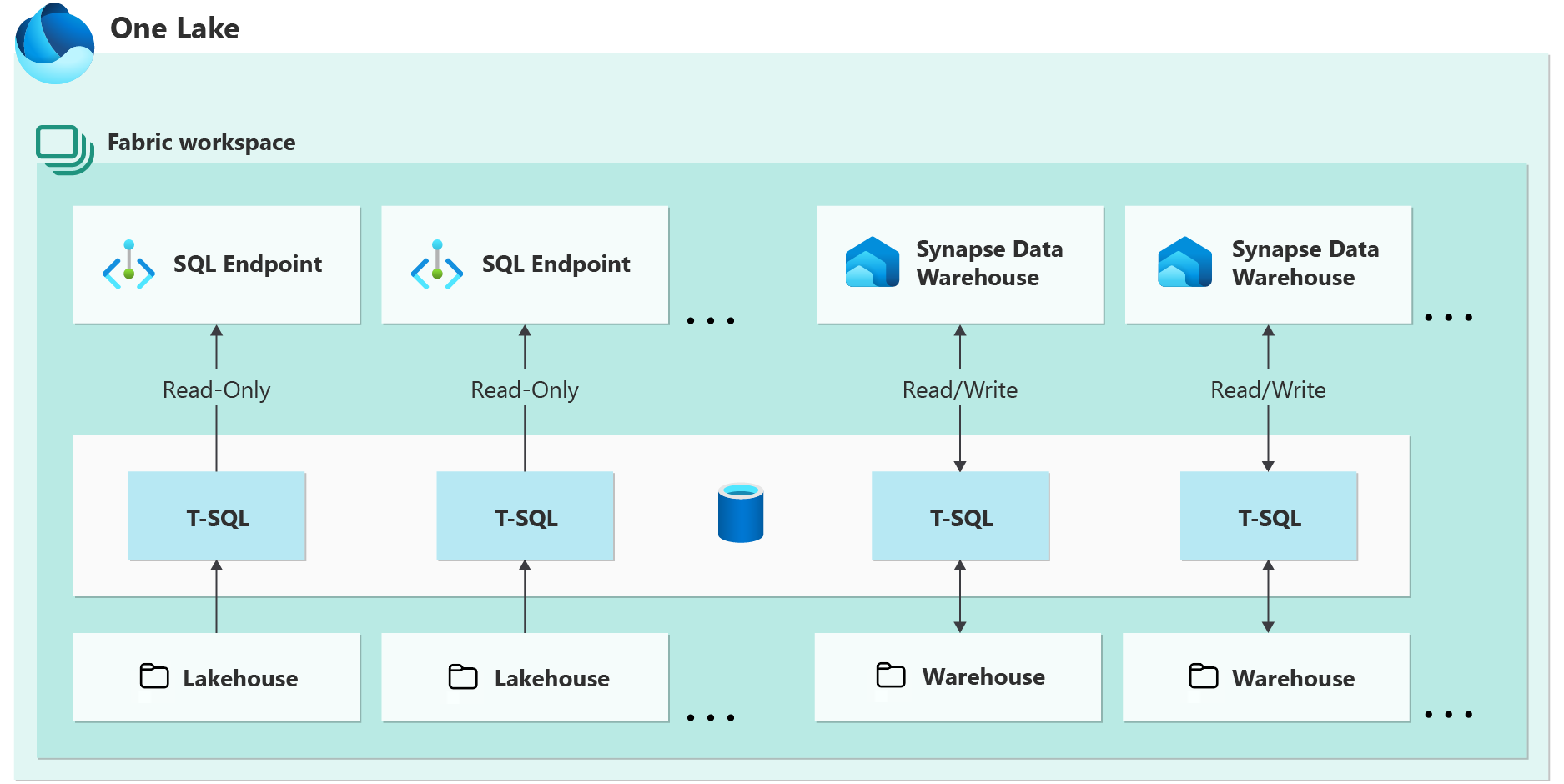Mastering SQL: A Guide to Stored Procedures

In the world of databases, Structured Query Language (SQL) is a powerful tool that enables users to interact with and manipulate data efficiently. While SQL queries are commonly used for data retrieval and manipulation, the introduction of stored procedures has revolutionized the way database management systems (DBMS) handle complex tasks. Stored procedures are precompiled routines that are stored within the database and can be executed whenever needed, offering numerous advantages over traditional SQL queries.
This comprehensive guide aims to delve into the realm of SQL stored procedures, exploring their benefits, implementation strategies, and real-world applications. By the end of this article, readers will gain a deep understanding of stored procedures, their role in modern database management, and the techniques to harness their potential effectively.
Understanding Stored Procedures

Stored procedures, often referred to as procs or SPs, are a collection of one or more SQL statements that are compiled and stored within the database as a single unit. These procedures encapsulate a set of operations, enabling developers to perform complex tasks with a single call. The main idea behind stored procedures is to promote code reusability, enhance performance, and provide a layer of abstraction for database interactions.
Consider a scenario where a company needs to regularly calculate and update sales reports based on various criteria. Instead of writing a new query each time, a stored procedure can be created to handle this task. This procedure can accept parameters, such as date ranges or specific product categories, and return the desired report. By encapsulating the logic in a stored procedure, developers ensure consistency, reduce the risk of errors, and streamline the process for end users.
Key Benefits of Stored Procedures
- Performance Optimization: Stored procedures are precompiled, which means they are executed much faster than dynamically generated SQL queries. This optimization is particularly beneficial for complex operations that involve multiple database interactions.
- Data Consistency: By encapsulating logic within procedures, developers can ensure that data is manipulated consistently across the system. This reduces the risk of errors and promotes data integrity.
- Code Reusability: Developers can create and reuse stored procedures, avoiding the need to rewrite similar code for different applications. This not only saves time but also promotes maintainability and scalability.
- Enhanced Security: Stored procedures can be used to control access to sensitive data. By granting permissions to execute specific procedures, administrators can restrict unauthorized access to critical database operations.
- Improved Readability: Complex SQL operations can be challenging to understand and maintain. Stored procedures provide a clear structure, making it easier for developers to comprehend and modify the underlying logic.
Implementing Stored Procedures

The process of creating and utilizing stored procedures varies slightly across different database management systems. However, the fundamental concept remains consistent. Here’s a step-by-step guide to implementing stored procedures, along with examples using Microsoft SQL Server and MySQL.
Step 1: Defining the Procedure
The first step is to define the stored procedure, specifying its name, parameters (if any), and the SQL statements it will execute. Let’s take a look at an example in Microsoft SQL Server:
CREATE PROCEDURE sp_CalculateSalesReport
@StartDate DATE,
@EndDate DATE,
@ProductCategory NVARCHAR(50)
AS
BEGIN
-- SQL statements to calculate and retrieve the sales report based on the provided parameters
END;
In this example, the stored procedure sp_CalculateSalesReport accepts three parameters: @StartDate, @EndDate, and @ProductCategory. The procedure's logic, encapsulated within the BEGIN and END blocks, performs the necessary calculations and retrieves the sales report based on the provided criteria.
Step 2: Compiling and Testing
Once the procedure is defined, it needs to be compiled and tested. In Microsoft SQL Server, you can compile the procedure by executing the CREATE PROCEDURE statement in the database console. MySQL, on the other hand, uses the DELIMITER statement to define a custom delimiter for the procedure definition.
For MySQL, the procedure definition might look like this:
DELIMITER //
CREATE PROCEDURE sp_CalculateSalesReport(IN start_date DATE, IN end_date DATE, IN product_category VARCHAR(50))
BEGIN
-- SQL statements to calculate and retrieve the sales report
END //
DELIMITER ;
Step 3: Executing the Procedure
After successfully compiling the procedure, it can be executed using the EXEC or CALL statements. Here’s an example of executing the sp_CalculateSalesReport procedure in Microsoft SQL Server:
EXEC sp_CalculateSalesReport '2023-01-01', '2023-12-31', 'Electronics';
Similarly, in MySQL, the procedure can be executed using the CALL statement:
CALL sp_CalculateSalesReport('2023-01-01', '2023-12-31', 'Electronics');
Real-World Applications of Stored Procedures
Stored procedures find extensive use in various industries and applications, offering efficient solutions to complex database challenges. Here are some real-world scenarios where stored procedures prove their worth:
Online Banking
In the banking sector, stored procedures are utilized to perform secure and efficient financial transactions. For example, a stored procedure can be designed to process loan applications, verifying the applicant’s details, calculating interest rates, and updating the database with the approved loan details.
E-commerce Platforms
E-commerce websites often rely on stored procedures to manage product catalogs, handle customer orders, and generate dynamic reports. A stored procedure can be used to update product inventory levels based on sales, ensuring accurate stock levels for customers.
Healthcare Systems
Healthcare providers use stored procedures to manage patient records, track medical histories, and generate billing reports. For instance, a stored procedure can be created to calculate and generate detailed insurance claims based on patient diagnoses and treatment plans.
Performance Analysis
Stored procedures are invaluable for analyzing and optimizing database performance. A procedure can be designed to monitor and report on database activity, helping administrators identify bottlenecks and fine-tune the system for optimal performance.
Best Practices and Considerations
While stored procedures offer numerous advantages, it’s essential to follow best practices and consider certain factors to ensure optimal performance and maintainability.
Minimize Network Traffic
Stored procedures should be designed to minimize network traffic. Instead of passing large amounts of data back and forth between the application and the database, consider returning only the necessary results. This reduces network overhead and improves overall performance.
Parameterization
Utilize parameters whenever possible to enhance code reusability and maintainability. Parameters allow stored procedures to accept different values, enabling their use in various scenarios without modifying the procedure itself.
Error Handling
Implement robust error handling within stored procedures. By catching and handling errors gracefully, developers can ensure that database operations are not compromised and provide meaningful feedback to end users.
Testing and Documentation
Thoroughly test stored procedures to ensure their accuracy and reliability. Additionally, maintain comprehensive documentation, including procedure names, parameters, and their intended use. Well-documented procedures make it easier for developers to understand and maintain the codebase.
Conclusion

Stored procedures are a powerful addition to the SQL toolkit, offering a multitude of benefits for database management. By encapsulating complex logic, stored procedures promote code reusability, enhance performance, and improve data consistency. Whether it’s handling financial transactions, managing e-commerce platforms, or optimizing database performance, stored procedures prove their versatility and efficiency.
As developers and database administrators continue to embrace stored procedures, the need for comprehensive understanding and best practices becomes evident. By following the guidelines outlined in this guide, professionals can harness the full potential of stored procedures, leading to more efficient, secure, and reliable database systems.
How do stored procedures enhance security in database management?
+Stored procedures can enhance security by controlling access to sensitive data. Administrators can grant permissions to execute specific procedures, restricting unauthorized access to critical database operations. This ensures that only authorized users can perform certain tasks, reducing the risk of data breaches.
Are stored procedures compatible with all database management systems (DBMS)?
+Stored procedures are supported by most major DBMS, including Microsoft SQL Server, MySQL, Oracle, and PostgreSQL. However, the syntax and implementation details may vary slightly between different systems. It’s important to refer to the specific DBMS documentation for accurate guidance.
Can stored procedures be modified after creation?
+Yes, stored procedures can be modified after creation. To modify a stored procedure, you typically need to drop the existing procedure and create a new one with the desired changes. It’s important to ensure that the procedure is not in use by any applications or processes before making modifications to avoid potential errors.



